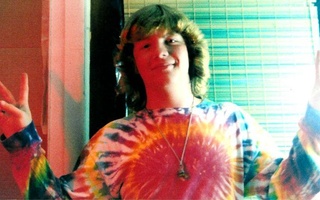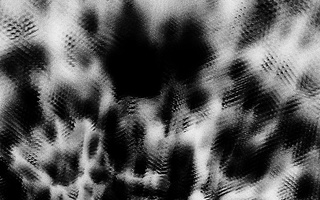TRIPPING TOGETHER
Seeking to explore the impact of setting and environmental stimulants on an individual’s response to psilocybin, Leary and Dass launched a campus-centered study of hallucinogens in 1961. Under strict University guidelines, they were only allowed to give the psychedelic drugs to graduate students. They attracted subjects from a required introductory clinical psychology class, which they co-taught, and also found volunteers from the local artistic community, including Allen Ginsberg and Aldous Huxley.
“I was one of the students who was very impressed by the experiment,” said Cohen, who volunteered to participate and called his psychedelic forays “dangerous enough to be even more exciting.”
Starting in the fall semester of 1961, Leary and Dass administered psilocybin to the participants, later following up with them and discussing their experiences. Over time, the researchers tweaked the participants’ environments by adding music and art to observe different reactions and gradually shifted from psilocybin to LSD and mescaline as the drugs of choice.
“It was absolutely exploration, investigation, and understanding,” Cohen said about the qualitative, flexible nature of the experiments.
“Part of the enthusiasm was that this was a new discovery in the theory of consciousness,” he added. “There was a revelatory aspect that had almost a spiritual character to it.”
A group of participants, along with Leary and Dass, even went to Mexico to continue expanding their understanding of psilocybin.
Often, Leary and Dass blurred the boundaries between researchers and their subjects, Lattin said.
“They tripped together,” he said. “This was more controversial than [the use of the drugs].”
Moreover, Leary and Dass began involving undergraduates in their experiments as well, despite the University’s explicit prohibition.
“At first they were fairly cautious,” Lattin said. “They agreed to only graduate students. But [later], Richard Alpert brought in several undergraduates.”
“[This] is what got them into trouble,” he said.
‘PART OF THE RUMOR MILL’
By the spring of 1962, Leary and Dass’ radical study caught the attention of faculty members in the Department of Social Relations.
Kelman, their colleague in the department who had been abroad in Norway, discovered the nature of the experiments through his students.
Read more in News
Elizabeth HoltzmanRecommended Articles
-
Laxwomen Blow By B.C., 8-4After playing three key games in the last week, the Harvard women's lacrosse team--ranked second behind Penn State in the
-
Truman Visit Meets DelayTentative plans for ex-President Harry S. Truman to visit the University in the near future have fallen through, it was
-
... When old is said in one and maker mates with madeIN 1960 RICHARD ALPERT was the son of the president of the New Haven Railroad. He was an ambitious Jewish
-
 Harvard, LSD, and the 1960s
Harvard, LSD, and the 1960s -
Quartet of Athletes Commits To HarvardSt. John's Prep has become a recruiting hotbed for Harvard lately.
-
 In Early 1960's, Experiments With Hallucinogenics Caused Major Uproar, Minor Shake-up
In Early 1960's, Experiments With Hallucinogenics Caused Major Uproar, Minor Shake-up













